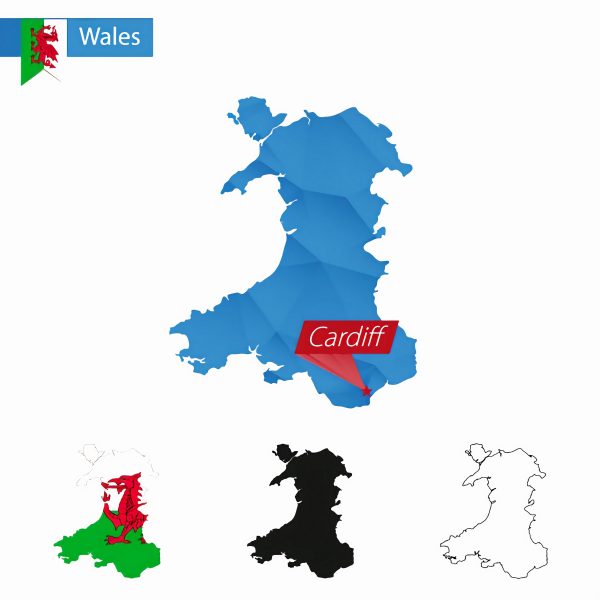Wales Considers Spending More on Mobile than Fixed Broadband

The National Infrastructure Commission for Wales (NICW) has issued a call for evidence on its priorities for 2020 as it develops a future infrastructure plan for Wales, which among other things includes a proposal to spend a “greater proportion of public funds” on mobile (4G / 5G) rather than to fixed broadband ISP networks.
The commission said that its “provisional view” is that 4G and 5G based mobile broadband services “may be the lowest cost technology to provide superfast connections to some Welsh households and that a greater proportion of public funds should be allocated to mobile rather than to fixed broadband.”
We suspect that some of this debate flows from the difficulty that the Welsh Government has had in extending “full fibre” (FTTP) broadband deeper into rural parts of the country, particularly given that their recent contract agreement with BT (Openreach) seems set to deliver to significantly fewer premises than originally hoped (see here, here and here).
Advertisement
Quite how they plan to balance this with the UK Government’s wider plan to invest £5bn (here) into making “gigabit-capable” broadband available to every home by the end of 2025 (5G, FTTP and cable networks are all in the frame for delivering this), as well as the £1bn industry-led deal – Shared Rural Network (SRN) – to extend geographic 4G mobile coverage to 95% of the UK by the end of 2025 (here), is as yet unclear.
Not to mention the 10Mbps Universal Service Obligation (USO), which may well help to achieve some of what the NICW appears to be proposing.
Digital Communications
Issue 1:
Our provisional view is that, while a significant number of premises in Wales still don’t have access to superfast broadband, the primary focus for public funds should be on extending superfast broadband to as many households as possible using the lowest cost technology and that the public funds that would be required to extend fibre to every home in Wales by 2033 should be assessed against other possible uses.
We seek evidence on whether the UK Government’s focus on extending more expensive fibre to the home, gigabit technology to every household in the UK will best serve the interests of Welsh citizens, including those who still lack access to superfast broadband.
Issue 2:
Our provisional view is that: 4G and 5G mobile broadband may be the lowest cost technology to provide superfast connections to some Welsh households; that mobile connectivity delivers significant additional economic and social benefits in rural communities; and that, therefore, a greater proportion of public funds should be allocated to mobile as opposed to fixed broadband infrastructure or other infrastructure objectives.
We seek evidence on whether and what additional measures the Welsh Government or local authorities could take (independently of Ofcom, the operators themselves, or the UK Government) to significantly improve mobile broadband coverage, including 5G, in Wales. What should our objectives for mobile coverage be?
The proposed focus on the “lowest cost technology” would appear to conflict with the otherwise broadly “full fibre” centric focus being seen elsewhere across the United Kingdom and could even be viewed as a step backwards. On the other hand if this helps to get “superfast broadband” (usually 30Mbps+) to disadvantaged areas sooner then some will welcome it.
Julie James, Welsh Minister for Housing and Local Government, said:
“I thank the NICW for its initial analysis of Wales’ future infrastructure needs, and welcome its clear priorities for further investigation.
Developing infrastructure that contributes to growing our economy in a sustainable and responsible way is vital. Having declared a Climate Emergency earlier this year, we need to ensure our new infrastructure is fit for the long term – so that means considering low carbon options. So I am pleased the Commission has set decarbonisation, connectivity and resilience as themes that will permeate its work.
I look forward to receiving its firm recommendations in due course, to which the Welsh Government will formally respond.”
The closing date for submission of evidence is 27th March 2020 (more details here and here) and so we probably won’t get the government’s response until around mid-2020.
Advertisement
Mark is a professional technology writer, IT consultant and computer engineer from Dorset (England), he also founded ISPreview in 1999 and enjoys analysing the latest telecoms and broadband developments. Find me on X (Twitter), Mastodon, Facebook, BlueSky, Threads.net and Linkedin.
« Ofcom UK Soften Openreach Rules for IP and FTTP Migration Trials






















































Comments are closed